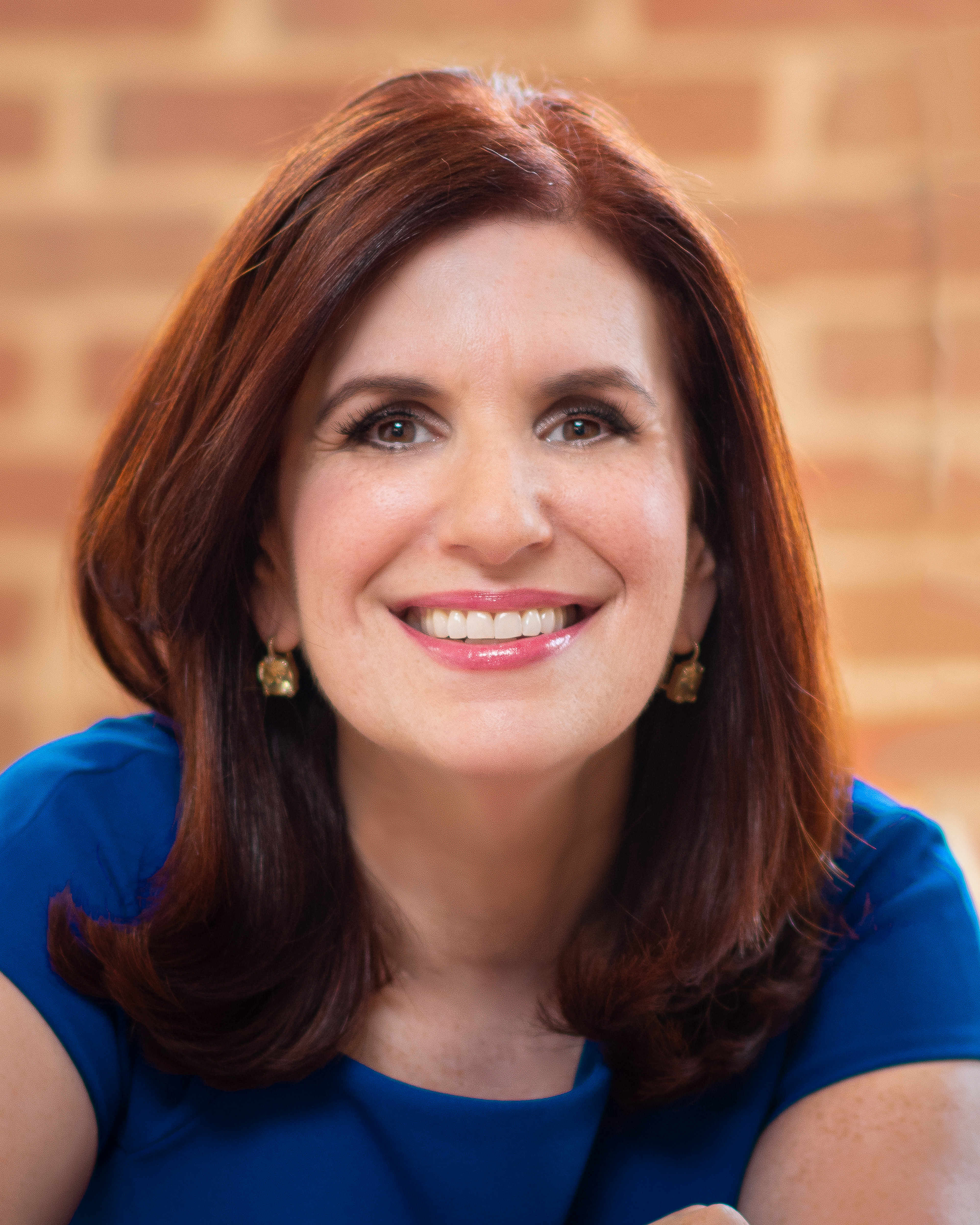Can focusing on self-care help your organization thrive? Leadership at the Alliance for a Healthier Generation certainly thinks so. Passionate about their belief that all young people deserve a chance to live healthier lives, the non-profit has made wellbeing a priority for their dispersed workforce. And the results have been outstanding.
Since its inception in 2005, Healthier Generation has empowered kids to develop lifelong healthy habits by ensuring the environments that surround them provide and promote good health. Working with thousands of schools, youth-serving organizations, businesses and communities, their efforts have reached up to 28 million kids nationwide.
No doubt you’ve seen the impact of their groundbreaking work. Like working with beverage companies to successfully reduce the number of calories that Americans consume from beverages by 20% by 2020. Collaborating with McDonald’s to increase families’ access to healthier food and beverage options which has resulted in healthier menu offerings, the removal of soda from Happy Meal menu boards and the promotion of water consumption. Creating innovative community partnerships with companies like Kohl’s and Sleep Number to support environmental systems change.
“Supporting and encouraging healthy habits shows the team that you care about and recognize them as people,” said Kathy Higgins, Chief Executive Officer of Alliance for a Healthier Generation. “What’s near and dear to our organization’s heart is that we support each other for our mental, emotional and physical wellbeing.”
Given their mission, it makes sense that wellbeing is an integral part of Healthier Generation’s environment. But any company, regardless of their industry or focus, can benefit from making self-care a priority for their team members – building morale, employee engagement and productivity in the process. Here are four ways to add more wellbeing to your work culture:
Create flexibility. Healthier Generation is 100% virtual, so team members work remotely across the country. With unemployment at historic lows, a greater number of corporations are offering flexible working arrangements in order to attract top talent. According to this CNBC story, remote workers are most common in the healthcare, computer/IT, sales and customer service industries. But with careful planning, many jobs can offer greater flexibility. For example, my corporate communications employees regularly work from home one day each week and we leverage technology to stay connected and productive. “We’re proud of our structure because it allows us to truly support and encourage a healthy, flexible lifestyle as our cultural norm” said Higgins. “It solidifies our commitment to work-life balance and self-care.”
Adopt walking meetings. Walking meetings have been proven to increase collaboration and connection and as noted in this popular TED Talk, they can promote out-of-the-box thinking. Just ask Higgins, who walks the talk herself – literally. An avid fan of early morning walks, she often covers five to seven miles catching up with team members during virtual, one-on-one meetings. “We encourage virtual walking meetings whenever possible,” she said. “You can create incremental health changes that ultimately make a bigger impact.” Check out this great Harvard Business Review article on how to get the most out of your walking meetings.
Schedule strategic pauses. According to WhiteSpace at Work, 80% of organizations believe their employees are overwhelmed with information and activity but only 8% have programs to address the issue. Rather than overscheduling meetings and expecting immediate responses to texts and emails on a 24/7 basis, consider creating time for team members to slow down and focus on their most important priorities. Healthier Generation keeps the first Friday of every month meeting free to allow employees to mentally recharge and focus on important tasks.
Implement activity breaks. Ever felt stuck in a never-ending meeting? The kind where you sit for hours and even if the topic is scintillating, your ability to concentrate gets completely shot? Well, that’s a daily occurrence throughout most of corporate America. One that can easily be alleviated by taking regular breaks to get refreshed and focus. Healthier Generation has activity breaks throughout the day, including meetings that last longer than 30 minutes. Higgins also says it is common for people to stand during meetings to stretch their legs before taking their seat again.
What role does wellbeing and self-care play in your organization’s culture?


